Optimal Timing for Storm Restorations
Storm restorations are most effective when performed promptly after storm events to minimize damage and prevent further deterioration. The optimal time to undertake these services depends on weather patterns, seasonal conditions, and local climate variations. Typically, late summer and early fall are considered ideal periods, as storms tend to be more frequent during these seasons.
Immediately after a storm, an inspection helps identify damage that requires urgent attention, reducing long-term repair costs.
Performing restorations during mild weather conditions ensures safer work environments and better results.
Monitoring local weather forecasts allows scheduling restorations during periods of stable weather.
Timing restorations outside peak storm seasons can prevent delays caused by ongoing weather disruptions.
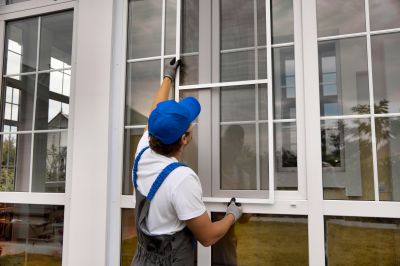
Ways to make Storm Restorations work in tight or awkward layouts.
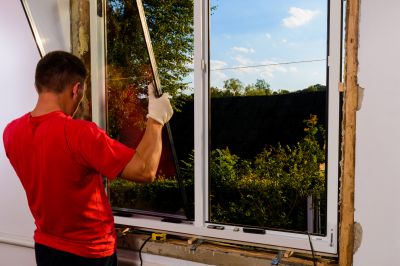
Popular materials for Storm Restorations and why they hold up over time.
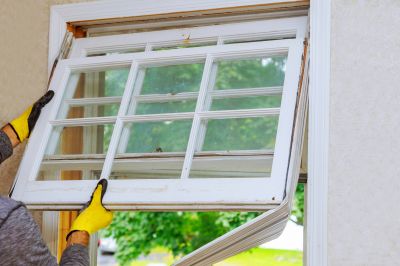
Simple add-ons that improve Storm Restorations without blowing the budget.
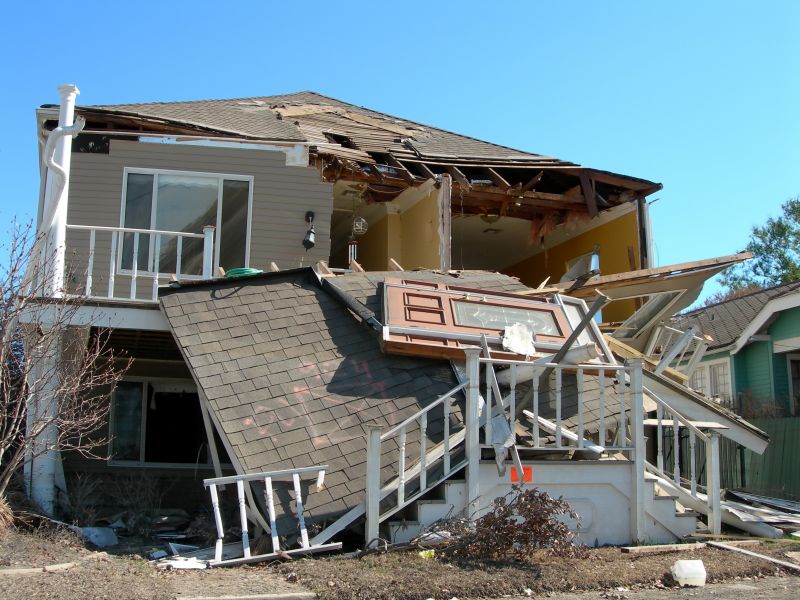
High-end options that actually feel worth it for Storm Restorations.
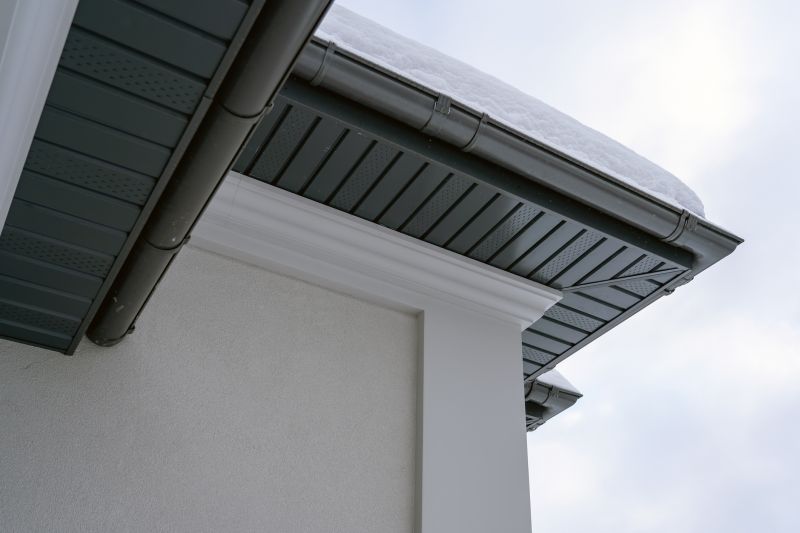
Finishes and colors that play nicely with Storm Restorations.
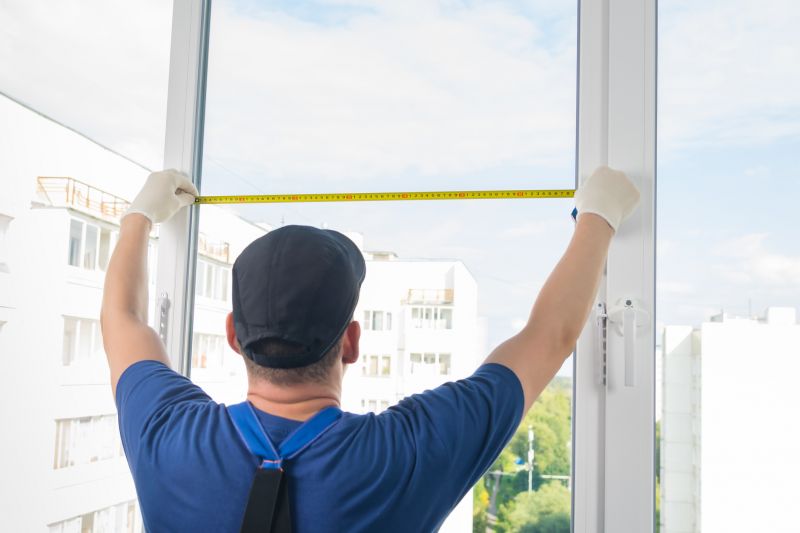
Little measurements that prevent headaches on Storm Restorations day.

A 60-second routine that keeps Storm Restorations looking new.

A frequent mistake in Storm Restorations and how to dodge it.

Small tweaks to make Storm Restorations safer and easier to use.
| Season | Optimal Timing |
|---|---|
| Spring | Early spring is suitable for repairs after winter storms and before peak storm season. |
| Summer | Late summer offers opportunities for storm restorations before fall storms begin. |
| Fall | Early fall is ideal due to typically stable weather and fewer storms. |
| Winter | Limited window; restorations are possible during mild winter days with careful planning. |
Storm restorations involve repairing damages caused by severe weather events such as high winds, hail, and heavy rainfall. These services include roof repairs, structural reinforcement, water damage mitigation, and debris removal. Timely intervention can reduce the risk of further deterioration and protect property value. Statistics indicate that immediate repairs after storm damage can decrease long-term costs by up to 30 percent and prevent secondary problems like mold growth and structural instability.
Proper planning for storm restorations considers weather forecasts, seasonal patterns, and the extent of damage. Conducting restorations during periods of calm weather ensures safety and quality results. Regular inspections and prompt responses after storm events are essential components of effective damage management, helping property owners maintain safety and structural integrity.

Lower-waste or water-saving choices for Storm Restorations.
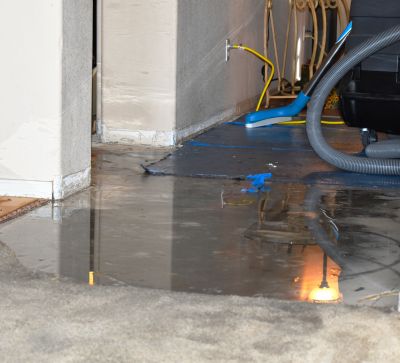
The short, realistic tool list for quality Storm Restorations.
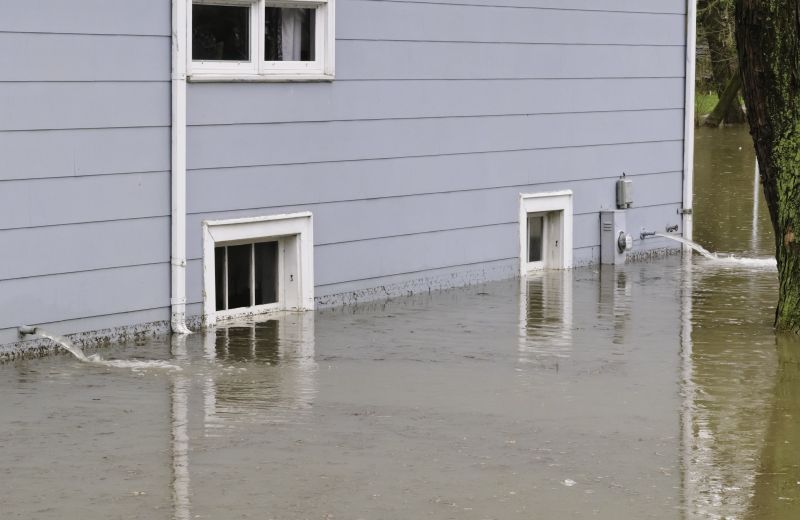
Rough timing from prep to clean-up for Storm Restorations.
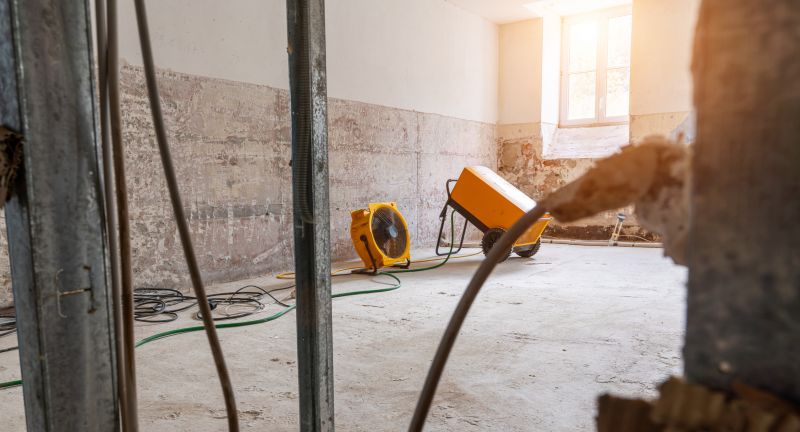
Quick checks and paperwork to keep after Storm Restorations.

Examples that show the impact a good Storm Restorations can make.

Ways to make Storm Restorations work in tight or awkward layouts.

Ways to make Storm Restorations work in tight or awkward layouts.
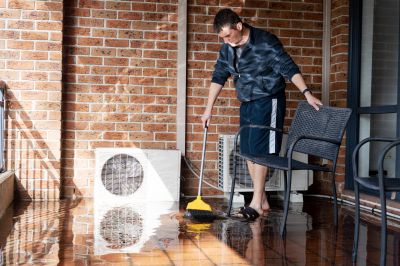
Ways to make Storm Restorations work in tight or awkward layouts.
Interested property owners are encouraged to contact for more information on storm restoration services. Prompt action can help mitigate damage and restore property safety and integrity efficiently.

